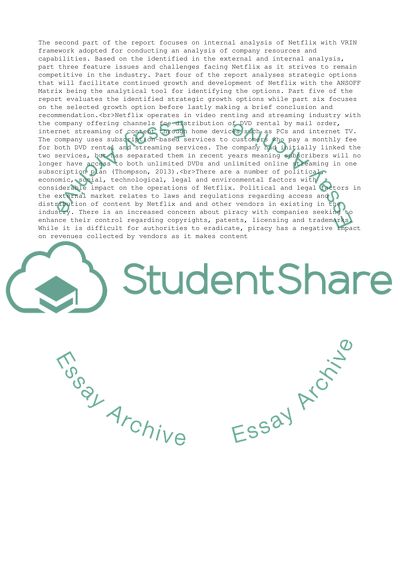Cite this document
(“Managing strategy Essay Example | Topics and Well Written Essays - 3000 words”, n.d.)
Managing strategy Essay Example | Topics and Well Written Essays - 3000 words. Retrieved from https://studentshare.org/business/1673802-managing-strategy
Managing strategy Essay Example | Topics and Well Written Essays - 3000 words. Retrieved from https://studentshare.org/business/1673802-managing-strategy
(Managing Strategy Essay Example | Topics and Well Written Essays - 3000 Words)
Managing Strategy Essay Example | Topics and Well Written Essays - 3000 Words. https://studentshare.org/business/1673802-managing-strategy.
Managing Strategy Essay Example | Topics and Well Written Essays - 3000 Words. https://studentshare.org/business/1673802-managing-strategy.
“Managing Strategy Essay Example | Topics and Well Written Essays - 3000 Words”, n.d. https://studentshare.org/business/1673802-managing-strategy.


